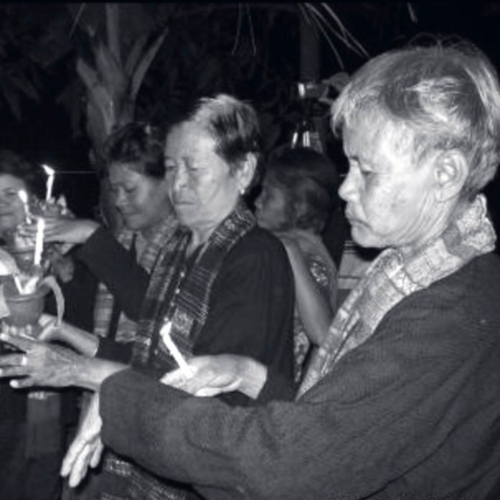Research & Article

The Transmitter of Traditional Knowledge is the Holder, Not the Owner
By Sukanya Sujachaya
Published on 23 May 2024
Intangible Cultural Heritage
Location of original sources
The concept of Intangible Cultural Heritage (ICH) is derived from UNESCO’s Convention for the Safeguarding of the Intangible Cultural Heritage 2003, which emphasizes the identity and diversity of the culture of a community by encouraging consciousness in safeguarding their own cultural heritage. The transmission of ICH is a part of the preservation of ICH consisting of two kinds of holders: traditional knowledge holders and community culture holders.
This article focuses on the role of traditional knowledge holders, which are the core of the process of ICH’s transmission. Such roles are those of the three case studies: an artist, a Buddhist monk and an ancestral spirit medium. The research shows that both kinds of knowledge holders share a common characteristic – they are willing to preserve and hold the knowledge directly, as well as transmit such knowledge to the next generation. The holders are special people; their acquisition of knowledge is not easy and takes a long period in transmission.
However, it was also discovered that each of the two types of holders have some difference with each other. The difference concerns the aspects of knowledge transmission and the creativity of an artful holder who is free to express their individuality, but can only be created in the frame of old tradition. The holder who possesses knowledge on rites and ceremonies has little or no creativity because they have to adhere strictly to tradition and custom.
Although the knowledge holder has a crucial role in transmitting knowledge, they are not the owner of such knowledge because there is no legal right. Thus, they are always regarded as traditional knowledge holders.